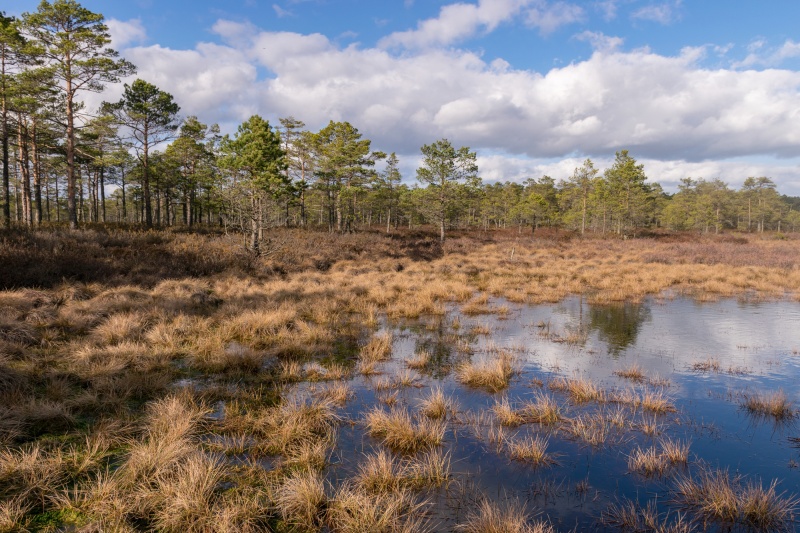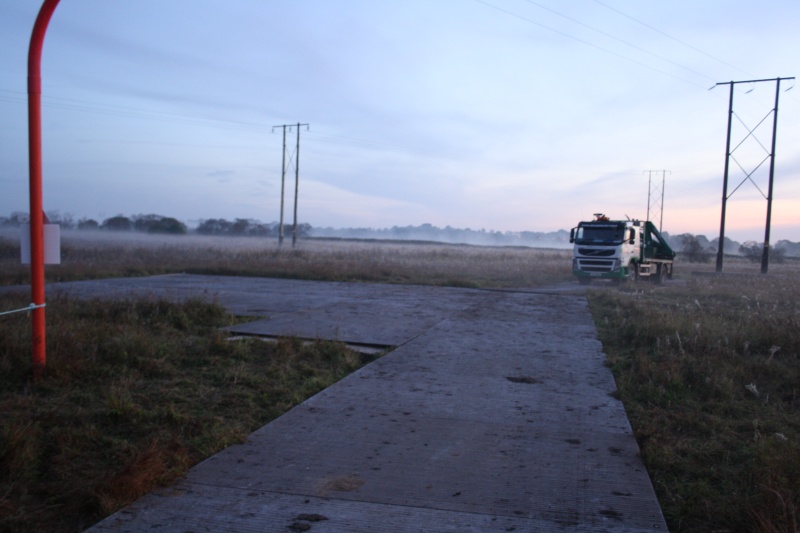For different workers across Ireland, accessing bogs is a crucial part of their livelihoods. But doing so in a safe manner could mean the difference between life and death and requires attention to detail, planning, and common sense.
When accessing bogs, it’s critical to put health and safety at the forefront of everything you do. To help, we’ve compiled a short guide on keeping yourself and your workers safe when accessing bogs.
Habitat basics: why caution is king when accessing bogs
Bogs are amazing sources of natural wealth that deserve careful stewardship and conservation. Home to many plants and animal species, they’re characterised by abundant growth – but this can be problematic for humans.
Peat bog habitats are composed of dead plant matter that has accumulated over time, producing peat as it decomposes. Although they’re known for their prevalence in places like Ireland, these habitats can be found worldwide, including in continental Europe, North America, and Asia.
Peat bogs can be extremely dangerous for people and animals because the plant matter they contain can be very slippery. These geological features are also chock full of water – both in open pools and the soil – making seemingly routine operations highly dangerous.
In addition to facing drowning hazards, workers are at increased risk of slipping or even contracting waterborne illnesses.
The good news is that in most cases, proper planning and the right access equipment can save your team from serious injuries. By remaining aware of your surroundings and exercising common sense, you can avoid hazards entirely.
Dangers and hazards to be aware of when accessing bogs
Bogs are widely varied habitats that come in many shapes and sizes.
Still, there are a few characteristic perils you’ll need to watch out for if you want to work or travel in these areas:

Pools
Working around the many pools in bogs can be a major drowning risk. These placid waters might look like peaceful places to take a dip, but these bodies can be surprisingly deep, and their steep, gelatinous sides make it tough to extricate yourself after falling in.
Because the water is thick with peat and other plant materials, it’s often impossible to gauge these pools’ depth in advance.
Ditches
Many bogs incorporate ditches or other ground-level irregularities that are easy to miss under the best conditions. Even worse, these hazards may become invisible due to the surrounding vegetation.
If you’re not careful where you step, you could end up ankle-deep in muddy water – or nursing a sprained ankle after taking a bad fall!
Ditches pose major hazards during construction or transmission jobs when workers might have their vision partially obscured while carrying heavy tools or unwieldy materials. All the cautions associated with pools are also relevant to ditches, which can easily collect water and become drowning risks.
Bare Peat
Various forms of degradation, like erosion, can strip the vegetation from parts of a bog, leaving bare peat behind.
These patches are extremely risky because they lack structural strength – without a mat of vegetation to hold them together, they can give way in the face of pressure, such as your footsteps.
If you step in bare peat, you might not escape easily – When your foot breaks through the surface, it can get sucked in and quickly become hard to remove. These areas are even more dangerous when bare peat becomes waterlogged.

Stumps
The living vegetation in bogs can grow quite rapidly thanks to all the water and nutrients nearby. This means it can rapidly cover tree stumps and other dangers that might trip people up.
All it takes is one trip from a concealed stump, and you could suffer a severe head impact upon landing or be incapacitated by breaking a bone.
Navigation
Bogs are tough to find your way around – they’re full of visually similar features and dense vegetation that can obscure your line of sight.
It’s extremely easy to find yourself lost or confused, particularly in bigger blanket bogs or those surrounded by dense conifer treelines that look pretty much the same from any angle.
Key precautions before conducting any activities on bogs
Before visiting, working in, or planning jobs around bogs be sure to understand – and observe – the following safety rules:
- Never work solo because if you’re hurt, who will be there to assist you?
- Always carry a map, compass, whistle, and mobile phone or walkie-talkie – it’s critical to know where you are and to be able to signal someone nearby if you come to harm
- Have first aid on hand at all times – bandages, disinfectants, and similar items are essential for preventing infections if you get wounded near bog water
- Keep track of one another’s whereabouts: if you’re leaving the group for whatever reason, you should always let someone know where you’re headed and when you plan on returning

Our solution to accessing bogs safely – Aluminium Trackway Panels
When your plans involve bog access, for whatever intended outcome, you need robust ground protection and convenient, safety-proven temporary access solutions.
Aluminium Trackway Panels from Ground Protection Ireland allow you to safely access the most challenging peatlands and bogs in the country. If you need to move workers, vehicles or machinery across saturated peat, our Aluminium Trackway Panels will put you on a firmer footing.
These specially designed temporary access solutions allow you to navigate the toughest terrains with the heaviest vehicles and machinery. Our Aluminium Trackway Panels are unrivalled when you need to access a remote area in a hurry. They provide a flush, uninterrupted and slip-free platform for vehicles, machinery and people alike.
Ground Protection Ireland’s Aluminium Trackway Panels are made for wet, boggy and undulating ground conditions, so get in touch today to ensure the safest access to bogs and peatlands.
Also, make sure to check out our blog and our products to see our comprehensive range of temporary ground protection and access solutions.

